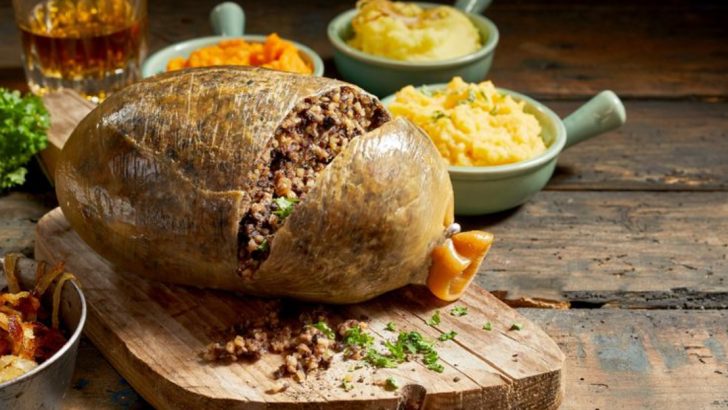Ever wonder why you can’t find certain foods in your local grocery store?
America has a patchwork of food regulations that vary from state to state. Some delicacies that are considered normal in one region might actually be illegal just across state lines.
Let’s explore some surprising foods that face bans in different parts of the United States!
1. Raw Milk: The Unpasteurized Rebel

Fresh from the cow and straight to your glass? Not so fast! Raw milk sales are prohibited in many states due to concerns about harmful bacteria like E. coli and Salmonella.
Despite the risks, passionate advocates swear by raw milk’s superior taste and nutritional benefits. The debate continues to bubble between food freedom fighters and public health officials.
2. Foie Gras: The Luxurious Liver Dish
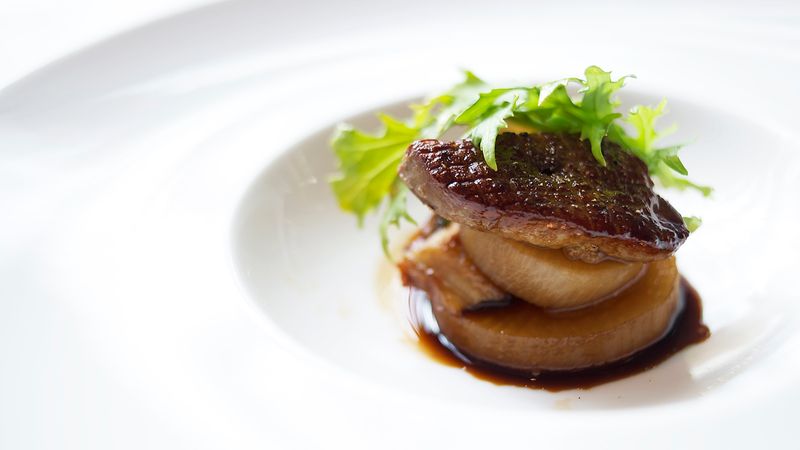
California has flip-flopped on this fancy French delicacy for years. The controversy? Ducks and geese are force-fed to enlarge their livers, creating that buttery texture food critics rave about.
Animal rights activists call it cruel, while culinary experts defend it as cultural heritage. NYC also briefly banned this controversial dish before courts overturned the restriction.
3. Haggis: Scotland’s Forbidden Treasure

Scotland’s national dish contains sheep lung—a big no-no according to the USDA since 1971. American Scots must make do with lungless versions that purists insist just aren’t the same.
The traditional recipe combines sheep heart, liver, and lungs with oatmeal and spices, all stuffed into a sheep’s stomach. Sounds appetizing, right? Many Scottish-Americans certainly think so!
4. Horse Meat: The Taboo Protein
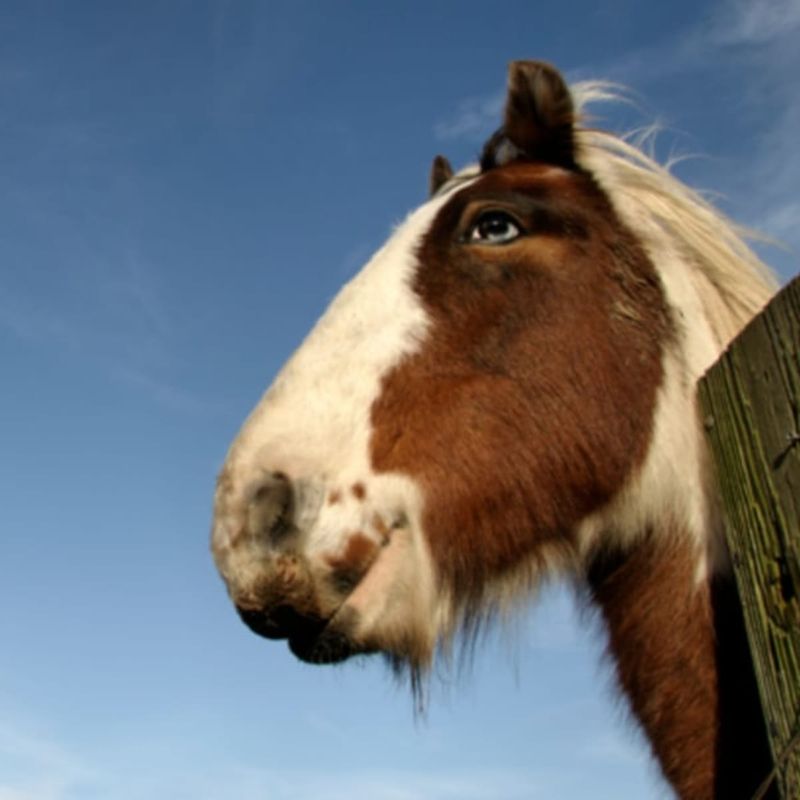
Whoa, Nelly! Americans have a special relationship with horses that makes eating them culturally unacceptable. Congress effectively banned horse slaughter by cutting funding for inspections.
Meanwhile, horse meat is considered perfectly normal fare in countries like France, Japan, and Kazakhstan. Cultural perceptions run deep—one nation’s pet is another’s dinner plate centerpiece.
5. Unpasteurized Cheese: The 60-Day Rule
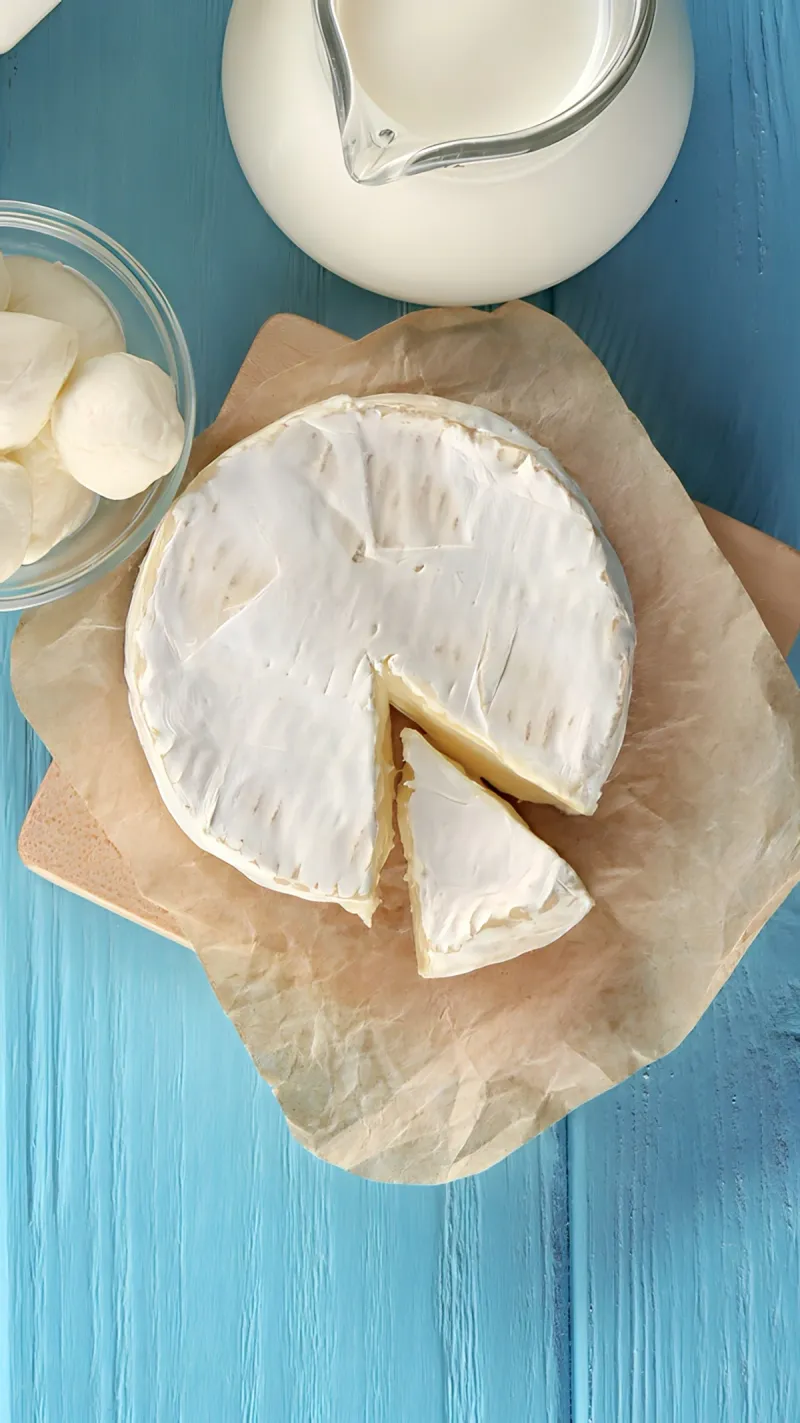
Craving authentic Brie from France? Tough luck! Soft cheeses aged less than 60 days must be pasteurized in the U.S., meaning that oozy, complex-flavored raw milk Camembert is contraband.
Cheese aficionados sometimes smuggle the good stuff back from European vacations. The FDA stands firm on these regulations, claiming they protect Americans from dangerous foodborne pathogens like Listeria.
6. Shark Fins: The Controversial Soup Ingredient

Shark fin soup, once a status symbol at Chinese banquets, is now banned in 14 states. The harvesting method—cutting fins off live sharks and dumping them back—sparked outrage among environmentalists.
Restaurants in Chinatowns across America have adapted with plant-based alternatives. Conservation groups celebrate these bans as victories for marine ecosystems and shark populations worldwide.
7. Absinthe: The Green Fairy’s Comeback
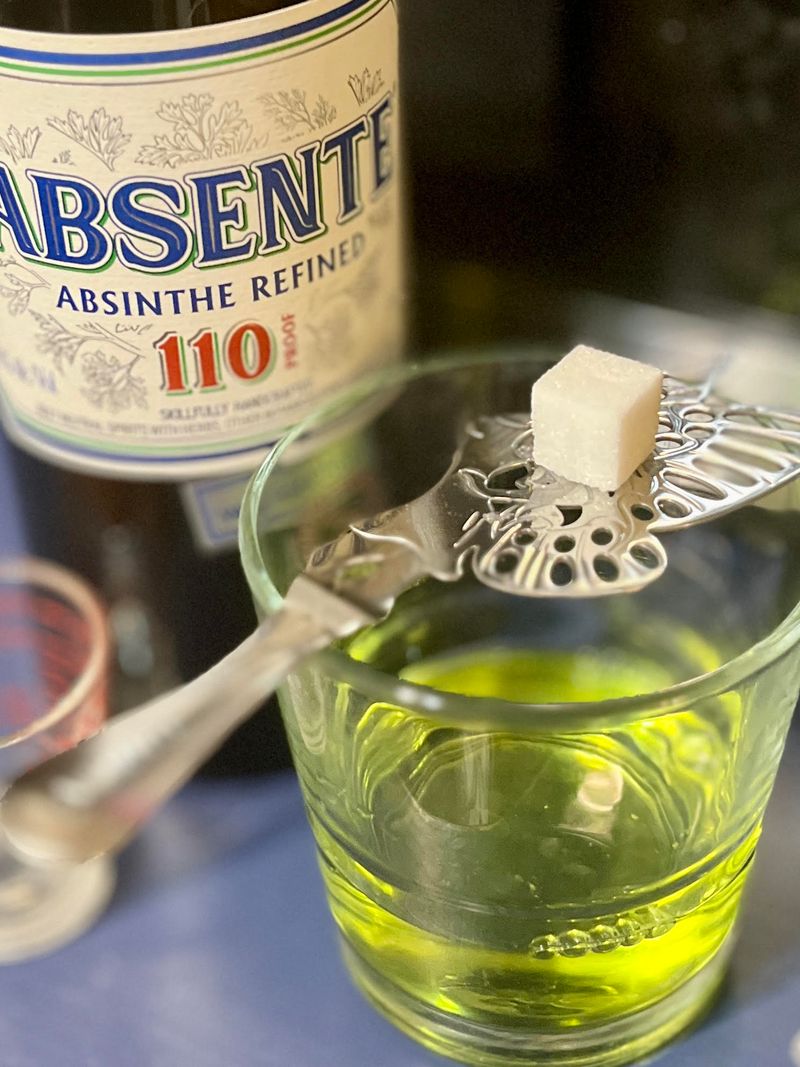
The original formula of this emerald spirit was banned for nearly a century because of a compound called thujone. Artists and writers of the Belle Époque claimed it caused hallucinations and madness!
Today’s legal versions contain regulated thujone levels. The mystique remains, though science debunked the psychedelic myths—turns out those artistic visions were just good old-fashioned alcohol effects.
8. Sassafras Root: The Original Root Beer Culprit
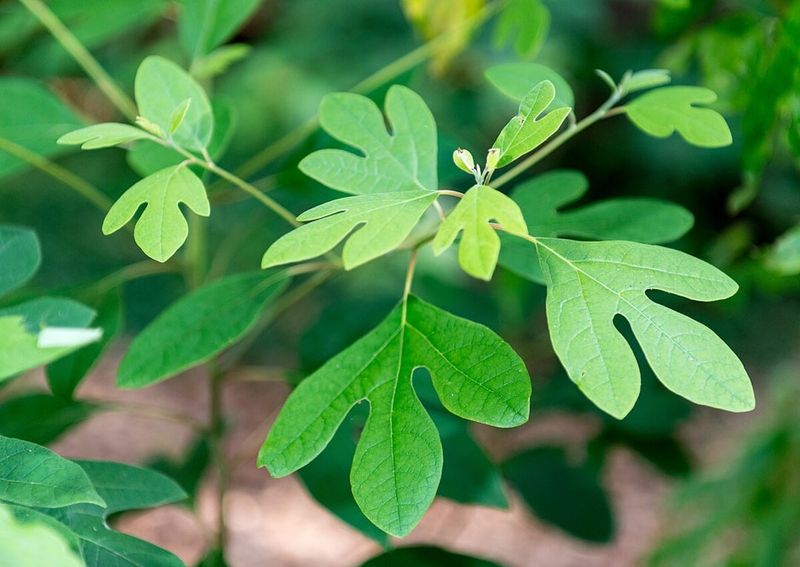
Remember old-fashioned root beer’s distinctive flavor? Thank sassafras root—now banned as a food additive since 1960. The FDA discovered safrole, a natural compound in sassafras, causes liver cancer in lab rats.
Modern root beer uses artificial flavors instead. Herbalists still use sassafras in small amounts, but selling it as a food or flavor is a big regulatory no-no across America.
9. Casu Marzu: The Maggot Cheese
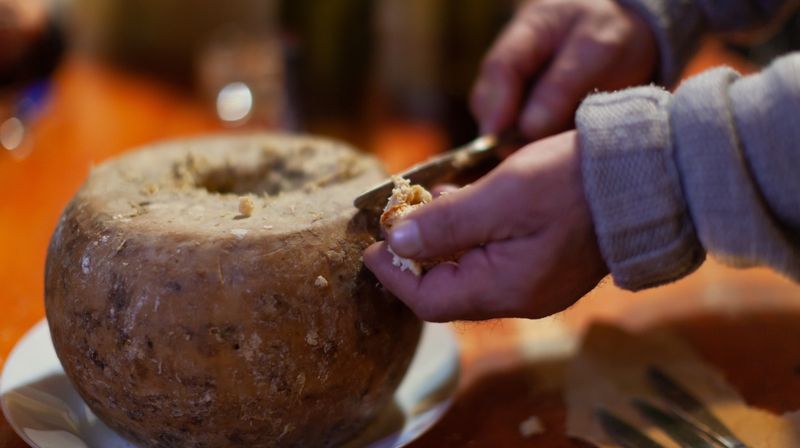
Feeling adventurous? Too bad—this Sardinian cheese crawling with live insect larvae won’t make it past customs. The cheese-making process involves allowing flies to lay eggs inside the cheese, which then hatch into maggots.
These critters’ digestive enzymes ferment the cheese, creating a soft texture and intense flavor. Most Americans are probably okay with this particular import ban!
10. Beluga Caviar: The Endangered Delicacy
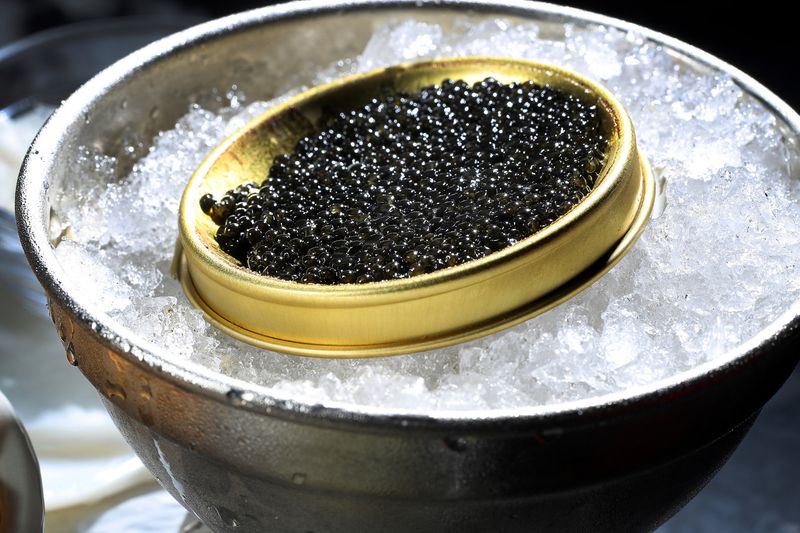
Once the ultimate symbol of luxury, genuine Beluga caviar from wild sturgeon is completely banned in the U.S. These prehistoric fish are critically endangered due to overfishing and habitat loss.
Only farm-raised alternatives are legal now. The authentic Caspian Sea variety remains forbidden fruit—or rather, forbidden fish eggs—for American gourmands, regardless of how fat their wallets might be.
11. Redfish: The Cajun Controversy

Back in the 1980s, chef Paul Prudhomme’s blackened redfish became so popular that the species faced commercial extinction in the Gulf of Mexico! Several states banned commercial fishing of these copper-colored beauties.
Louisiana still strictly regulates redfish catches. The blackened redfish on your restaurant menu today is likely farm-raised or an entirely different species—a tasty example of conservation success.
12. Ackee: Jamaica’s Forbidden Fruit
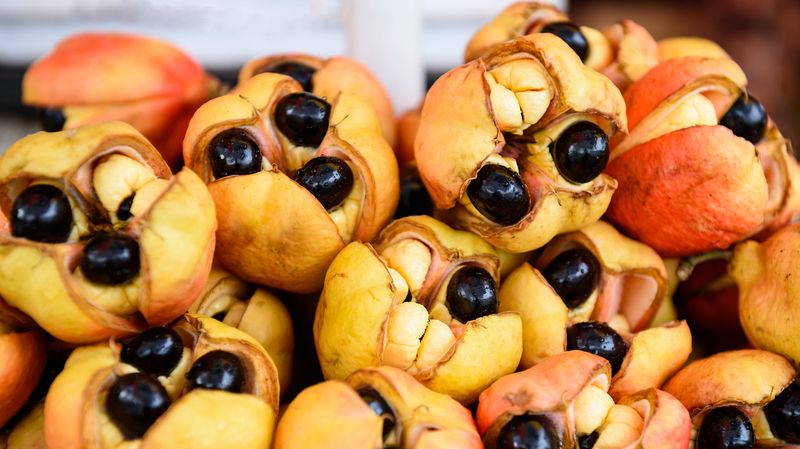
This creamy tropical fruit is Jamaica’s national dish when paired with saltfish. But import it fresh? Absolutely not! Unripe ackee contains hypoglycin, a toxin causing Jamaican vomiting sickness—potentially fatal.
Only properly canned versions are allowed into the U.S. The FDA strictly controls these imports, making authentic ackee and saltfish a rare treat outside Caribbean communities.
13. Tonka Beans: The Fragrant Outlaw
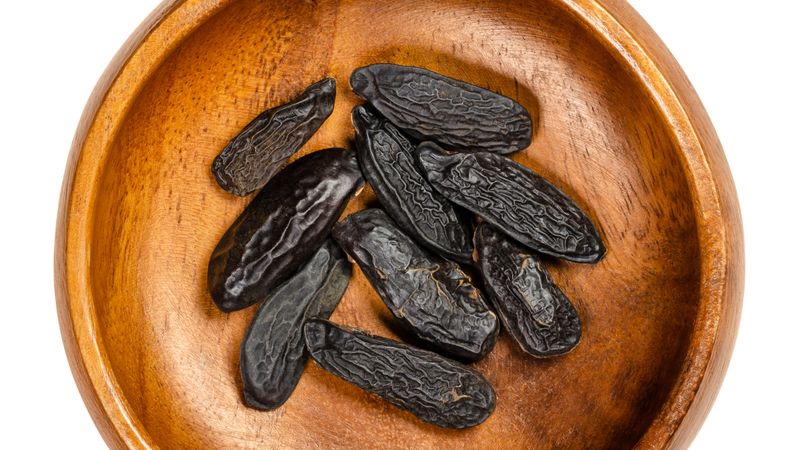
These wrinkled black beans smell like vanilla, almonds, and cinnamon all in one magical package. Chefs adore them, but they’re technically illegal in American kitchens because they contain coumarin, a blood-thinning compound.
Still, high-end restaurants sometimes sneak them into desserts. The FDA rarely enforces the ban, creating a gray area where culinary rebels can experiment with this aromatic contraband.
14. Queen Conch: The Protected Shellfish
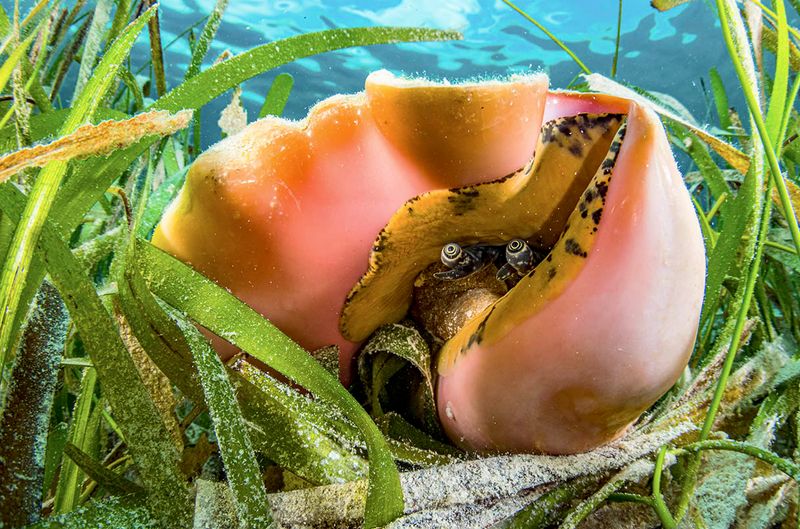
Beautiful pink shells you bought in Florida gift shops? The animal inside is banned from harvest in Florida waters since the 1980s. Overfishing nearly wiped out this important marine species.
Conch fritters and chowder remain on Florida menus, but the meat is imported from the Caribbean. Conservation efforts continue to help these majestic mollusks recover from decades of unsustainable harvesting.
15. Fugu: The Deadly Pufferfish
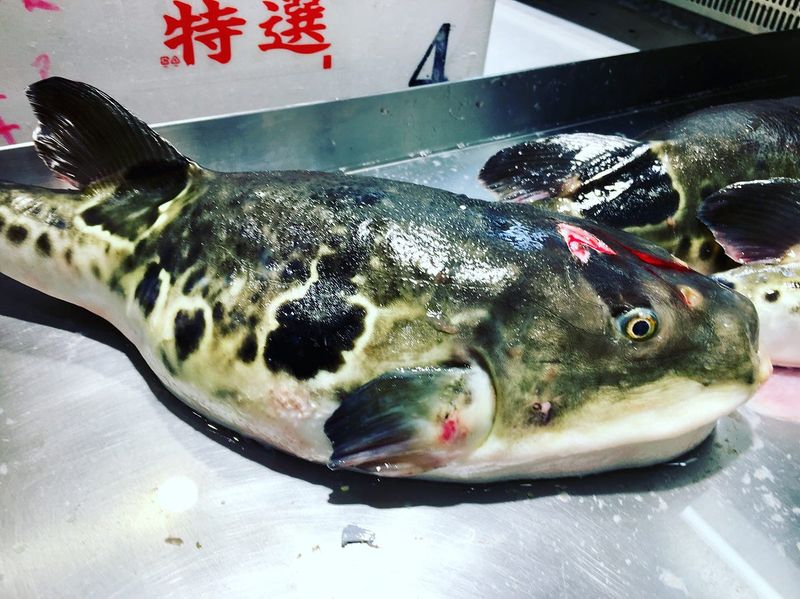
In Japan, chefs train for years to prepare this poisonous pufferfish safely. One slip-up with tetrodotoxin (1,200 times deadlier than cyanide) means game over for diners!
Only a handful of U.S. restaurants have certified fugu chefs. Most states prohibit its import or preparation entirely. For thrill-seeking foodies, the mild taste hardly seems worth the risk—but the bragging rights might be!
16. Ortolan Bunting: The Tiny Forbidden Bird
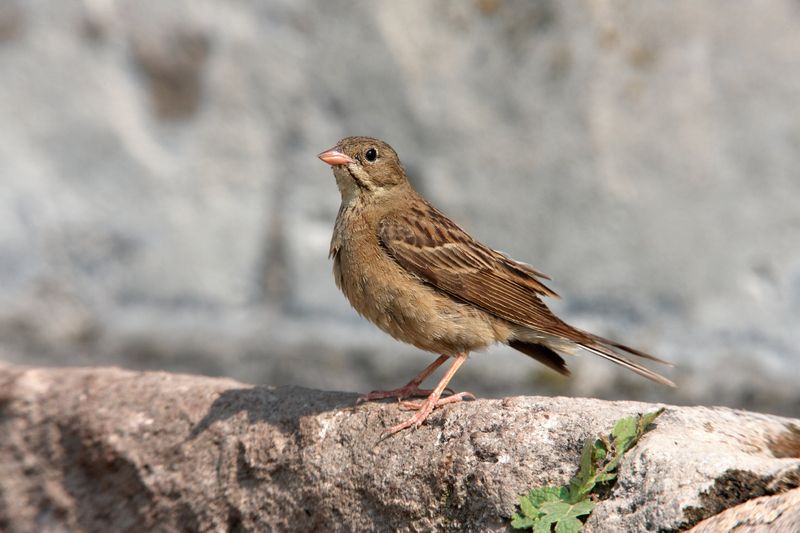
This tiny songbird was traditionally eaten whole—bones and all—while diners draped napkins over their heads (supposedly to hide the shameful act from God). The practice is banned in the U.S. and even France now.
Historically, these thumb-sized birds were captured, force-fed, drowned in Armagnac, and roasted. The cruel delicacy represents the extreme edge of controversial gastronomy that modern laws prohibit.
17. Pig’s Blood Cake: Taiwan’s Street Food No-No

Taiwanese night market favorite combines sticky rice with fresh pig’s blood, rolled into blocks and steamed. U.S. health departments have cracked down on traditional preparations due to concerns about blood-borne pathogens.
Some Asian communities still make modified versions. The original remains on the prohibited list, though adventurous eaters insist the slightly metallic, deeply savory flavor is worth bending the rules.
18. Sea Turtle: The Protected Reptile

Sea turtle soup was once considered a delicacy in coastal communities, particularly in the South. Today, all species of sea turtles are protected under the Endangered Species Act, making consumption completely illegal.
Old Florida cookbooks still contain turtle recipes as historical artifacts. Conservation efforts have helped some populations recover, but these ancient marine reptiles remain firmly off the menu nationwide.
19. Four Loko: The Reformed Party Drink
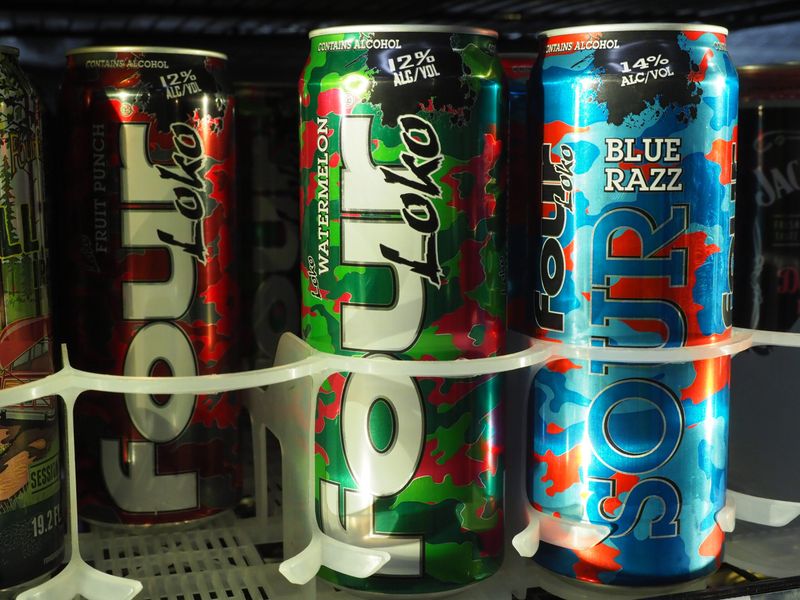
Remember the original Four Loko? This caffeinated alcoholic beverage was banned in its initial form after being linked to hospitalizations and even deaths among college students. The dangerous combo of stimulants and depressants earned it the nickname “blackout in a can.”
Today’s reformulated version lacks caffeine but still packs a punch.

